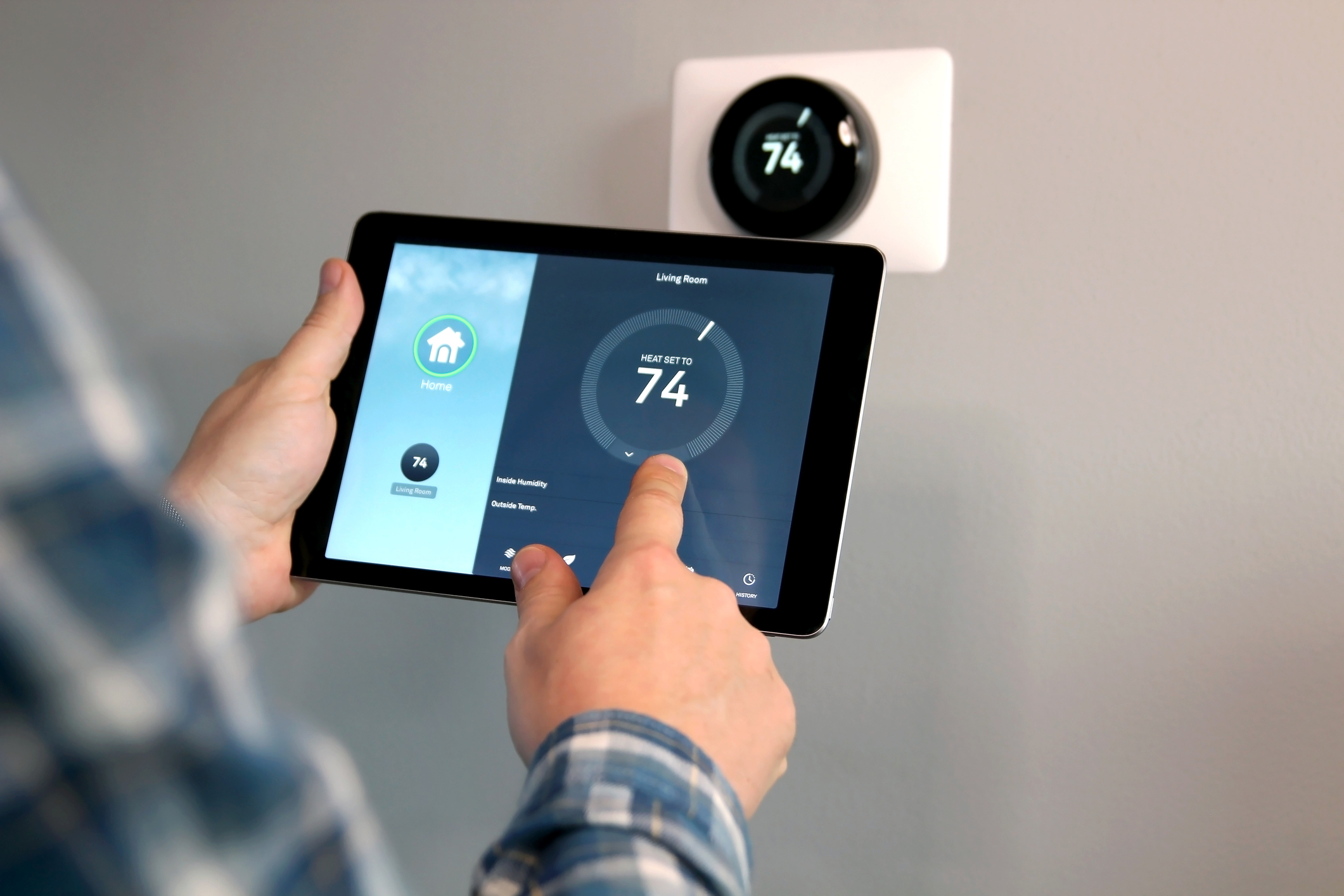
Summer’s finally here! While those sun-soaked days feel amazing, your energy bill might not. Air conditioning accounts for about 19% of a U.S. household’s electricity usage – that’s nearly one-fifth of your bill going to cooling alone. Thankfully, there are plenty of ways to trim those costs without sacrificing comfort.
1. Get Smart with Shade & Ventilation
Keep blinds or curtains closed during peak sun hours to block heat at the source. A set of blackout curtains can shave off a few dollars from your bill. If the nights dip cooler, open windows to invite a natural breeze. And once the morning warmth rolls in, shut those windows quickly to trap the freshness inside.
2. Try Fans Before Cranking AC
Fans are AC’s less expensive sidekicks. A ceiling fan rotating counterclockwise pushes cool air down, letting you raise the thermostat by a couple of degrees with little loss of comfort. If you don’t have ceiling fans, desktop or box fans can still help. Just be sure to turn them off before leaving; fans cool people, not rooms!
3. Seal the Deal on Leaks
Wasted energy is money flying out cracks and poorly sealed windows or doors. Maybe you can fix it yourself with weatherstripping or caulk. Even just sealing window perimeters and door frames can cut your cooling bills by 10%-20%.
4. Wildly Efficient Maintenance
Clean or change your AC filters every one to three months. Clogged filters force your system to work harder, which drives up usage and shortens its lifespan. Also, consider a professional AC tune-up up every spring. Systems that aren’t serviced can lose efficiency over time, costing you more energy.
5. Upgrade Smart with ENERGY STAR
If your system is more than 10 years old, you might think about an upgrade. New ENERGY STAR certified AC units are about 20-30% more efficient than standard models ENERGY STAR window units alone typically use 23% less energy and cost about $70 per year to operate.
6. Install a Smart Thermostat
Set programmable thermostats to gently raise the temperature when you’re away or asleep and cool down right before you return. According to the U.S. Department of Energy, “You can save as much as 10% a year on heating and cooling by simply turning your thermostat back 7°-10°F for 8 hours a day from its normal setting.”
7. Seal and Clean Your Ducts
If you have central air, leaky or dusty ducts could be wasting the conditioned air you’re paying for. A professional duct-sealing and cleaning service is well worth it – and could pay for itself in energy savings in just a year or two.
8. Consider Long-Term Investments
Installing a heat pump could slash your energy use in winter and summer – it’s a longer-term project with upfront costs, however the savings over time can be significant. Likewise, adding insulation or upgrading to a high-efficiency HVAC system could reduce your overall energy usage by 20%-50%.
No single trick is a silver bullet – however when combined, these tips can significantly dial down your energy usage. And for those times when higher energy costs affect your budget or sense of security, remember: GreenPath, our trusted partner, offers free financial counseling to help you navigate your options.


